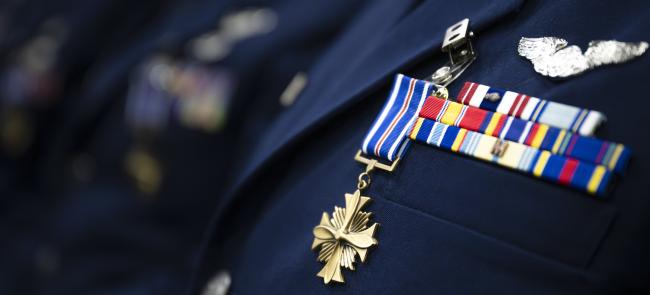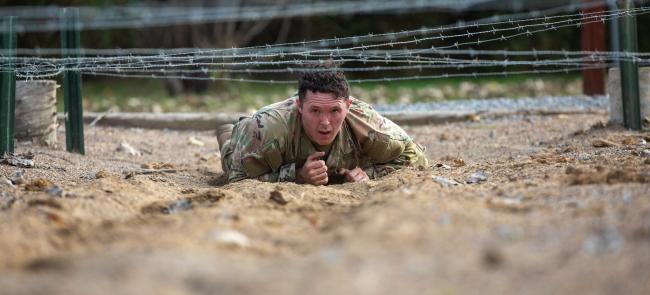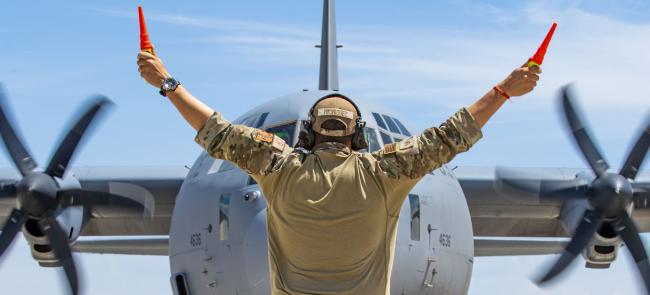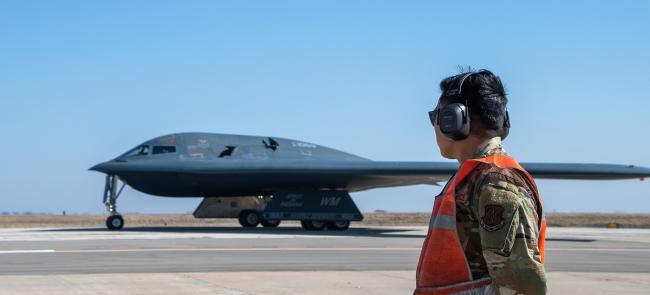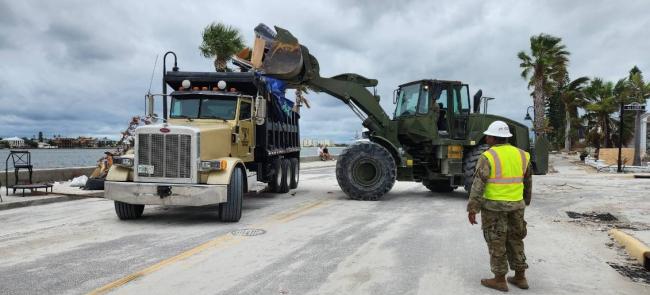
More than 11,000 National Guard soldiers and airmen were conducting Hurricane Milton and Hurricane Helene relief missions in the Southeast on Sunday, helping first responders and victims by air, land and water.
Disaster relief operations were centered in the hardest-hit areas of Florida, Georgia, North Carolina and Tennessee. Guard assistance also continued in Virginia.
As of Sunday, over 7,600 Guardsmen from 19 states responded on state active duty to the severe damage caused by Hurricane Milton, which made landfall in Florida on Wednesday as a Category 3 hurricane.
They rescued hundreds of people threatened by flooding, cleared roads, distributed food, water and other vital supplies, provided security, directed traffic — even provided much-needed hugs to residents reeling from the damage caused by the storms.
Resources included two helicopters, 590 high-water vehicles and 13 boats.
“We train for situations like this, but actually being out there, saving lives and removing people from dangerous conditions really hits home,” said 1st Sgt. Pedro Montero, who was among the Florida Guardsmen helping people in the Fort Pierce area following tornadoes spawned by Milton.
More than 3,600 Guard members from 15 states supported state and local authorities responding to damages caused by Hurricane Helene, which made landfall in Florida on Oct. 26 as a Category 4 storm.
Using helicopters, boats and high-water vehicles, they rescued people stranded by flooding and high and swift water. Guardsmen also cleared debris from roads and distributed critical supplies.
Maj. Gen. Ronald Win Burkett II, the National Guard Bureau director of domestic operations and force development, said there was “incredible coordination and really some Herculean efforts” by the many National Guard units and federal, state and local authorities.
He told reporters at a NGB media roundtable Friday that well over 755 people were rescued in North Carolina alone — 219 by hoist to hovering helicopters. More than 1,200 people were evacuated from flooded areas to safer ground.
Col. Blake Heidelberg, the Florida Guard’s director of military support, told reporters 330 people had been rescued in Florida as of Friday afternoon. He said the Florida Guard would continue operations in the state for at least a week while power was restored.
“We're tired. I'm not going to lie,” he said. “We're worn down and we'd like a break.”
Heidelberg said the Florida Guard could not have been as effective without the assistance of Guard units from so many other states.
That help came as part of the Emergency Management Assistance Compact, the nation's state-to-state mutual aid agreement. EMAC matches personnel, equipment and commodities to assist response and recovery efforts across all 50 states, the District of Columbia, and U.S. territories.
“The FLNG has been graced with an incredible show of support across Guard Nation, and we are truly grateful for the willingness, responsiveness and flexibility displayed by our partner states,” the Florida Guard said in an update Saturday.
North Carolina Guardsmen were on duty in their state, clearing debris, distributing supplies and searching for and rescuing people stranded by high water.
In Tennessee, hundreds of Guardsmen cleared roads of debris and conducted search and rescue and damage assessment flights.
Georgia deployed hundreds of Guardsmen to assist with the response there.
And South Carolina Guardsmen assisted first responders in that state.
— Based on an NGB press release

